In an era where technology and tradition increasingly intersect, a fascinating movement is emerging at the crossroads of wearable art and paper craftsmanship. "Wearable Paper Art: The Body Narrative in Folding Structures" explores how contemporary artists are transforming humble paper into dynamic garments that tell profound stories through their intricate folds and delicate constructions. This innovative approach challenges conventional notions of both fashion and sculpture, creating ephemeral yet powerful statements about identity, culture, and human experience.
The ancient art of paper folding finds new expression through these wearable creations. Artists like Jiangmei Wu and Zai Divecha have pioneered techniques where paper transcends its two-dimensional limitations to embrace the human form. Their works demonstrate how a single sheet, through strategic pleating and scoring, can evolve into complex three-dimensional structures that move with the wearer. The resulting pieces exist somewhere between garment and architectural form - fragile yet surprisingly durable, temporary yet deeply memorable.
What makes these paper garments particularly compelling is their inherent tension between strength and vulnerability. The crisp folds create geometric patterns that catch light and shadow differently with each movement, while the knowledge that these artworks could tear or crumple at any moment adds a poignant layer to their meaning. Many artists intentionally incorporate this fragility into their narratives, using it as metaphor for human resilience or the transient nature of beauty.
The creative process behind wearable paper art involves equal parts precision and spontaneity. Artists must understand both the structural properties of different paper types and the biomechanics of human movement. Some works employ traditional origami techniques scaled up to human proportions, while others develop entirely new folding systems specifically designed to interact with the body's contours. The paper's memory - its tendency to retain creases - becomes an integral part of the design language.
Contemporary exhibitions have begun showcasing these paper garments alongside more conventional textiles, challenging audiences to reconsider their assumptions about wearable materials. The 2023 Paper Fashion Show in Amsterdam featured entirely paper-based collections that moved fluidly on models, demonstrating unexpected durability. Meanwhile, the Museum of Arts and Design in New York recently acquired several paper wearables for their permanent collection, signaling institutional recognition of this emerging art form.
Environmental considerations add another dimension to wearable paper art's significance. In an industry grappling with sustainability issues, paper offers a compelling alternative - biodegradable, often made from recycled materials, and requiring minimal energy to produce compared to conventional fabrics. Some artists specifically use their work to comment on consumer culture and waste, creating pieces meant to decompose naturally after their exhibition life ends.
The performative aspect of wearable paper art cannot be overlooked. Unlike static sculptures, these pieces come alive through movement and interaction. Documentations often show the garments changing shape as the wearer moves - folds opening like flowers, sharp angles softening into curves. This kinetic quality creates a unique dialogue between artwork and wearer, where the body becomes both canvas and animating force.
Looking forward, the field shows exciting potential for technological integration. Some practitioners are experimenting with conductive papers that can incorporate lighting elements or respond to touch. Others explore hybrid forms combining paper with biodegradable plastics or plant-based materials to enhance durability without compromising environmental values. As these innovations progress, wearable paper art may influence mainstream fashion's approach to sustainable materials and temporary design.
Ultimately, wearable paper art represents more than just an aesthetic innovation. It embodies a philosophical statement about impermanence and transformation - the way simple materials can become extraordinary, how delicate structures can convey strength, and why we might value something precisely because it won't last forever. In folding paper around the human form, these artists fold time, tradition, and technology into a single, remarkable expression.

By /Jul 9, 2025
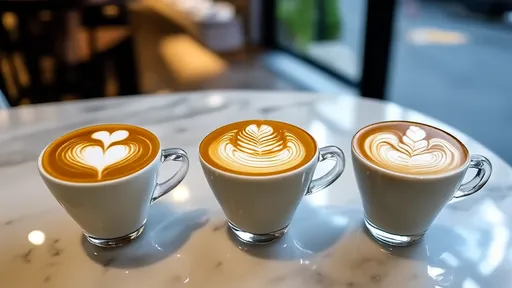
By /Jul 9, 2025
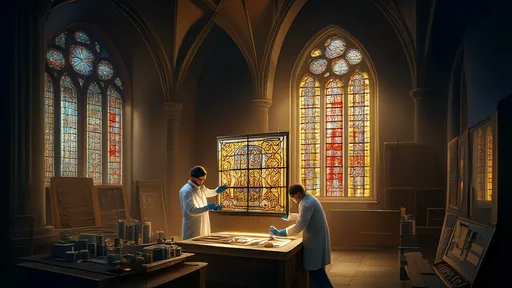
By /Jul 9, 2025
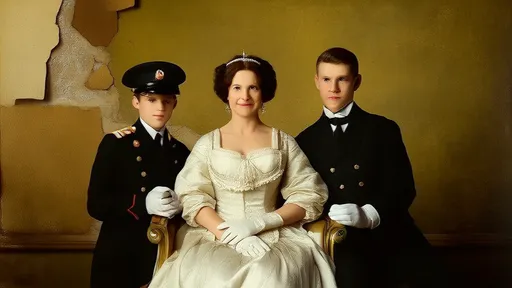
By /Jul 9, 2025
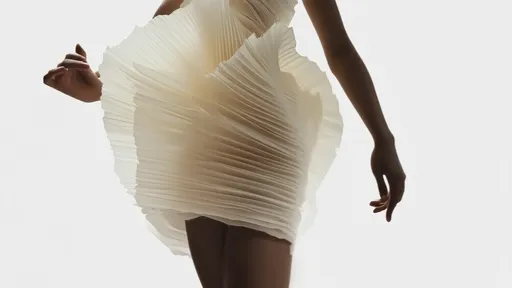
By /Jul 9, 2025

By /Jul 9, 2025

By /Jul 9, 2025
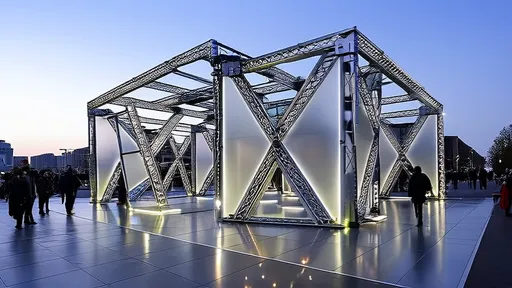
By /Jul 9, 2025

By /Jul 9, 2025

By /Jul 9, 2025

By /Jul 9, 2025

By /Jul 9, 2025
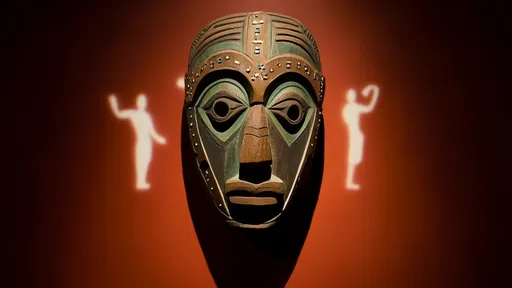
By /Jul 9, 2025
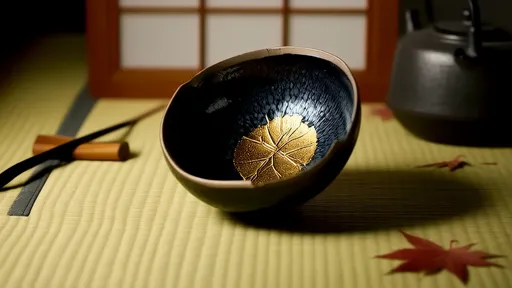
By /Jul 9, 2025
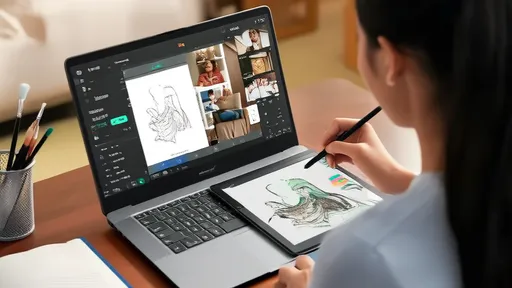
By /Jul 9, 2025
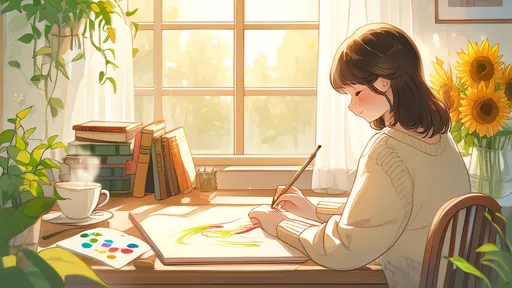
By /Jul 9, 2025

By /Jul 9, 2025

By /Jul 9, 2025